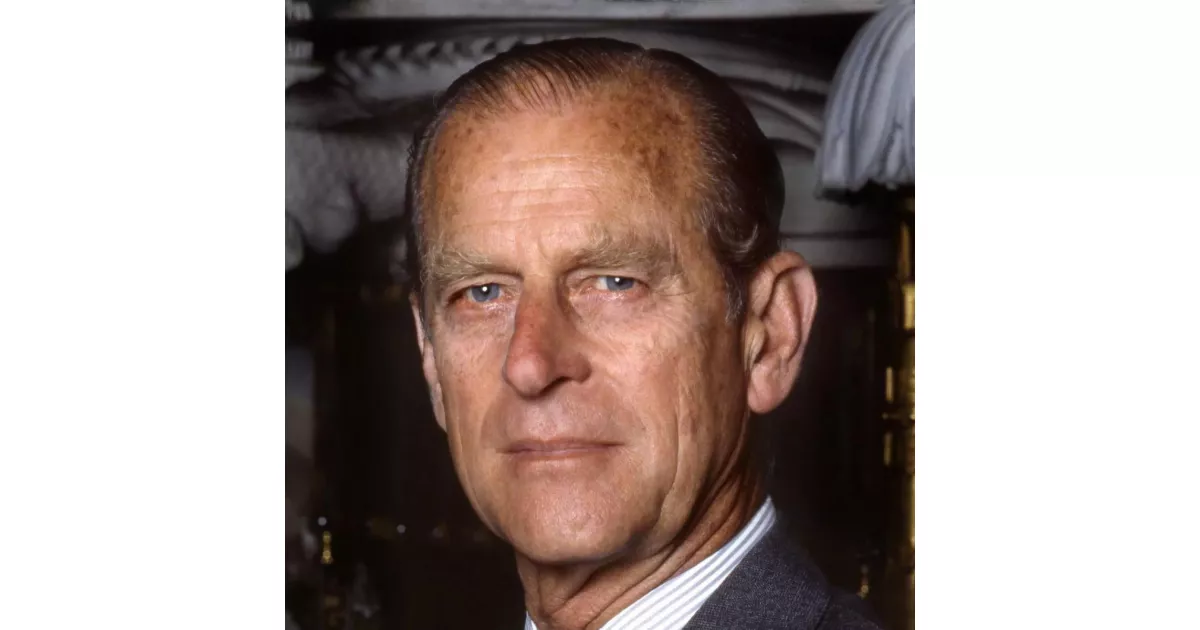Discover the career path of Prince Philip, Duke of Edinburgh, from the first major opportunity to industry-changing achievements.
Prince Philip, Duke of Edinburgh, was the husband of Queen Elizabeth II and the longest-serving royal consort in British history, from 1952 until his death in 2021. His life was dedicated to supporting the Queen and the monarchy. He had a distinguished naval career and was known for his outspoken nature and commitment to various charitable causes, particularly those related to the environment, sports, and youth development, such as The Duke of Edinburgh's Award.
1939: Philip Joins Royal Navy
After leaving Gordonstoun in early 1939, Philip completed a term as a cadet at the Royal Naval College, Dartmouth, then repatriated to Greece, living with his mother in Athens for a month in mid-1939. At the behest of King George II of Greece, he returned to Britain in September to resume training for the Royal Navy.
January 1940: Appointment as Midshipman
In January 1940, Philip was appointed as a midshipman in the Royal Navy. He then spent four months on the battleship HMS Ramillies, protecting convoys in the Indian Ocean.
February 1941: Commissioned as Sub-Lieutenant
On 1 February 1941, Philip was commissioned as a sub-lieutenant in the Royal Navy after completing courses at Portsmouth. He was involved in the Battle of Crete and mentioned in dispatches for service during the Battle of Cape Matapan, and was awarded the Greek War Cross.
June 1942: Appointment to HMS Wallace
In June 1942, Philip was appointed to the destroyer HMS Wallace, which was involved in convoy escort tasks and the Allied invasion of Sicily.
July 1942: Promotion to Lieutenant
On 16 July 1942, Philip was promoted to lieutenant in the Royal Navy.
July 1943: Saving HMS Wallace from Bomber Attack
In July 1943, during the invasion of Sicily, Philip, as second-in-command of HMS Wallace, saved his ship from a night bomber attack by launching a raft with smoke floats.
1944: Service on HMS Whelp
In 1944, Philip moved to the new destroyer, HMS Whelp, where he served with the British Pacific Fleet. He was present in Tokyo Bay when the Japanese Instrument of Surrender was signed.
January 1946: Instructor at HMS Royal Arthur
In January 1946, Philip returned to the United Kingdom on the Whelp and was posted as an instructor at HMS Royal Arthur, the Petty Officers' School in Corsham, Wiltshire.
1947: President of National Playing Fields Association
In 1947, Philip became president of the National Playing Fields Association, now known as Fields in Trust, a role he held for 64 years.
March 1948: First Solo Engagement as Duke of Edinburgh
In March 1948, Philip's first solo engagement as Duke of Edinburgh was presenting prizes at the boxing finals of the London Federation of Boys' Clubs at the Royal Albert Hall.
1949: President of Marylebone Cricket Club
In 1949, Philip began his first term as president of the Marylebone Cricket Club.
1949: Stationed in Malta
In 1949, Philip was stationed in Malta as the first lieutenant of the destroyer HMS Chequers, the lead ship of the 1st Destroyer Flotilla in the Mediterranean Fleet, residing at Villa Guardamangia.
July 1950: Promotion to Lieutenant Commander
In July 1950, Philip was promoted to lieutenant commander and given command of the frigate HMS Magpie.
July 1951: End of Active Naval Career
Philip's active naval career ended in July 1951, though he was promoted to commander the following year.
November 1951: Appointment to the Privy Council
In November 1951, Elizabeth and Philip were both appointed to the Privy Council after touring Canada.
June 1952: Promotion to Commander
In June 1952, Philip was promoted to commander, although his active naval career had ended the previous year in July 1951.
1952: Patron of the Royal Society of Arts
From 1952, Prince Philip was the patron of the Royal Society of Arts until 2011.
1952: Patron of The Industrial Society
In 1952, Philip became patron of The Industrial Society (since renamed The Work Foundation) and took over the role of the Ranger of Windsor Great Park.
1952: Philip Leaves Active Military Service
In 1952, Philip left active military service, having reached the rank of commander, when Elizabeth ascended the throne.
1952: First Airborne Flying Lesson
In 1952, Prince Philip had his first airborne flying lesson, marking the beginning of his career as a pilot.
1952: Engagements and Speeches
Since 1952, Prince Philip completed 22,219 solo engagements and 5,493 speeches.
1952: Start of Solo Engagements
Since 1952, Prince Philip had completed 22,219 solo engagements, marking the beginning of his extensive individual contributions to royal duties.
1953: Presentation of Royal Air Force Wings
In 1953, Prince Philip was presented with Royal Air Force wings, recognizing his achievements in flying.
1953: Coronation Commission Chairman
In 1953, as chairman of the Coronation Commission, Philip was the first royal family member to fly in a helicopter, visiting troops for the ceremony. He swore to be Elizabeth's "liege man of life and limb" during the coronation service.
1955: President of The Football Association
From 1955 to 1957, Philip was president of The Football Association.
1956: Founding of The Duke of Edinburgh's Award
In 1956, Philip and Kurt Hahn founded The Duke of Edinburgh's Award and he established the Commonwealth Study Conferences. In the same year, he opened the 1956 Summer Olympics in Melbourne and visited the Antarctic during a world tour.
1956: Presentation of Helicopter Wings
In 1956, Prince Philip received helicopter wings with the Royal Navy, adding to his qualifications as a pilot.
October 1957: Appointment to Queen's Privy Council for Canada
On October 14, 1957, Philip was appointed to the Queen's Privy Council for Canada, taking his Oath of Allegiance before the Queen in person at Rideau Hall.
1957: President of The Football Association
From 1955 to 1957, Philip was president of The Football Association.
1959: President of BAFTA
Between 1959 and 1965, Philip was the president of BAFTA.
1959: Private Pilot's Licence and Solo Flight
In 1959, Prince Philip obtained his private pilot's licence and flew solo in a Druine Turbulent, becoming the first (and only, as of April 2021) member of the royal family to fly a single-seat aircraft.
1961: First Royal Family Member Interviewed on Television
In 1961, Philip became the first member of the royal family to be interviewed on television, appearing on Panorama to discuss the Commonwealth Technical Training Week.
1961: Helped Found the World Wildlife Fund
In 1961, Philip helped found the World Wildlife Fund and served as its UK president from 1961 to 1982.
1962: Flying Tour of South America
In 1962, Prince Philip undertook a two-month flying tour of South America, with Captain Peter Middleton (grandfather of Catherine, Princess of Wales) as his co-pilot.
1963: Helped Found the Australian Conservation Foundation
In 1963 Philip helped found the Australian Conservation Foundation.
1964: President of the International Equestrian Federation
From 1964 to 1986, Philip was president of the International Equestrian Federation.
1965: President of BAFTA
Between 1959 and 1965, Philip was the president of BAFTA.
1969: Appearance on Meet the Press
In 1969, Philip made an appearance on Meet the Press during a tour of North America.
1970: Founding of The Maritime Trust
In 1970, Philip was involved with the founding of The Maritime Trust for restoring and preserving historic British ships.
1971: Switch to Carriage Driving
In 1971, Prince Philip stopped playing polo and began competing in carriage driving, a sport he helped expand. He also oversaw the drafting of the sport's early rule book.
1974: President of Marylebone Cricket Club
In 1974, Philip began his second term as president of the Marylebone Cricket Club.
1981: International President of World Wildlife Fund
In 1981, Philip became the international president of the World Wildlife Fund.
1982: UK President of World Wildlife Fund
From 1961 to 1982, Philip served as the UK president of the World Wildlife Fund.
1986: President of the International Equestrian Federation
From 1964 to 1986, Philip was president of the International Equestrian Federation.
1996: President Emeritus of World Wildlife Fund
In 1996, Philip became the president emeritus of the World Wildlife Fund.
August 1997: Retirement as a Pilot
In August 1997, after 44 years as a pilot, Prince Philip retired, having accumulated 5,986 hours spent in 59 different aircraft.
2007: Appointment as Colonel-in-Chief of The Rifles
In 2007, Prince Philip was appointed as Colonel-in-Chief of The Rifles, a position he held until July 2020.
June 2011: Slowing Down and New Title
In June 2011, during an interview for his 90th birthday, Prince Philip announced he would slow down and reduce his duties. For his 90th birthday, the Queen gave him the title Lord High Admiral.
2011: End of Patronage of the Royal Society of Arts
Prince Philip ended his patronage of the Royal Society of Arts in 2011, a role he held since 1952.
December 2015: Relinquished Role as Honorary Air Commodore-in-Chief
On 16 December 2015, Prince Philip relinquished his role as Honorary Air Commodore-in-Chief. Catherine, then Duchess of Cambridge, succeeded him as Honorary Air Commandant.
August 2017: Retirement from Royal Duties
On 2 August 2017, at the age of 96, Prince Philip retired from royal duties, marking the occasion with a final solo public engagement with the Royal Marines. Since 1952, he had completed 22,219 solo engagements.
2017: Retirement from Royal Duties
In 2017, at the age of 96, Philip retired from royal duties.
2017: British Heart Foundation Patronage
In 2017, the British Heart Foundation thanked Philip for being its patron for 55 years, during which he "supported the creation of nine BHF-funded centres of excellence".
July 2020: Stepping Down as Colonel-in-Chief of The Rifles
In July 2020, Prince Philip stepped down as Colonel-in-Chief of The Rifles, a position he had held since 2007. His daughter-in-law Camilla, Duchess of Cornwall, succeeded him.
April 2021: Legacy as Solo Aircraft Pilot
As of April 2021, Prince Philip remained the only member of the royal family to have flown a single-seat aircraft, achieving this in 1959.
Mentioned in this timeline
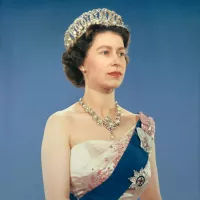
Elizabeth II reigned as Queen of the United Kingdom and...
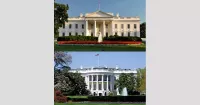
The White House located at Pennsylvania Avenue NW in Washington...
The Guardian is a British daily newspaper founded in as...
Germany officially the Federal Republic of Germany is a Western...
China officially the People's Republic of China PRC is an...
Australia officially the Commonwealth of Australia encompasses the Australian mainland...
Trending
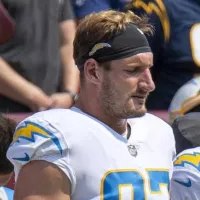
2 months ago Joey Bosa Lists Los Angeles Mansion for $3.7 Million Amid Bills Transition.
1 month ago Cowboys Defeat Eagles; Sirianni Disputes Barkley; Lurie Scrutinizes Coaching Staff After Loss
2 months ago Eagles Acquire Jaelan Phillips in Trade; Patriots Expressed Interest Before Deadline.

7 months ago Eagles' Saquon Barkley & Cooper DeJean Showcase Basketball Skills in Viral Moment
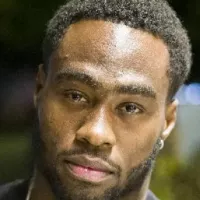
28 days ago Brandin Cooks joins Bills; WR Moore released after guaranteed $2.5 million contract.

7 months ago Mikaela Shiffrin Releases Final Episode of "Moving Right Along" Web Series
Popular

XXXTentacion born Jahseh Dwayne Ricardo Onfroy was a controversial yet...

Stranger Things created by the Duffer Brothers is a popular...
The Kennedy Center Honors are annual awards recognizing individuals and...
Turning Point USA TPUSA is an American nonprofit organization founded...

Candace Owens is an American conservative political commentator and author...

Bernie Sanders is a prominent American politician currently serving as...
